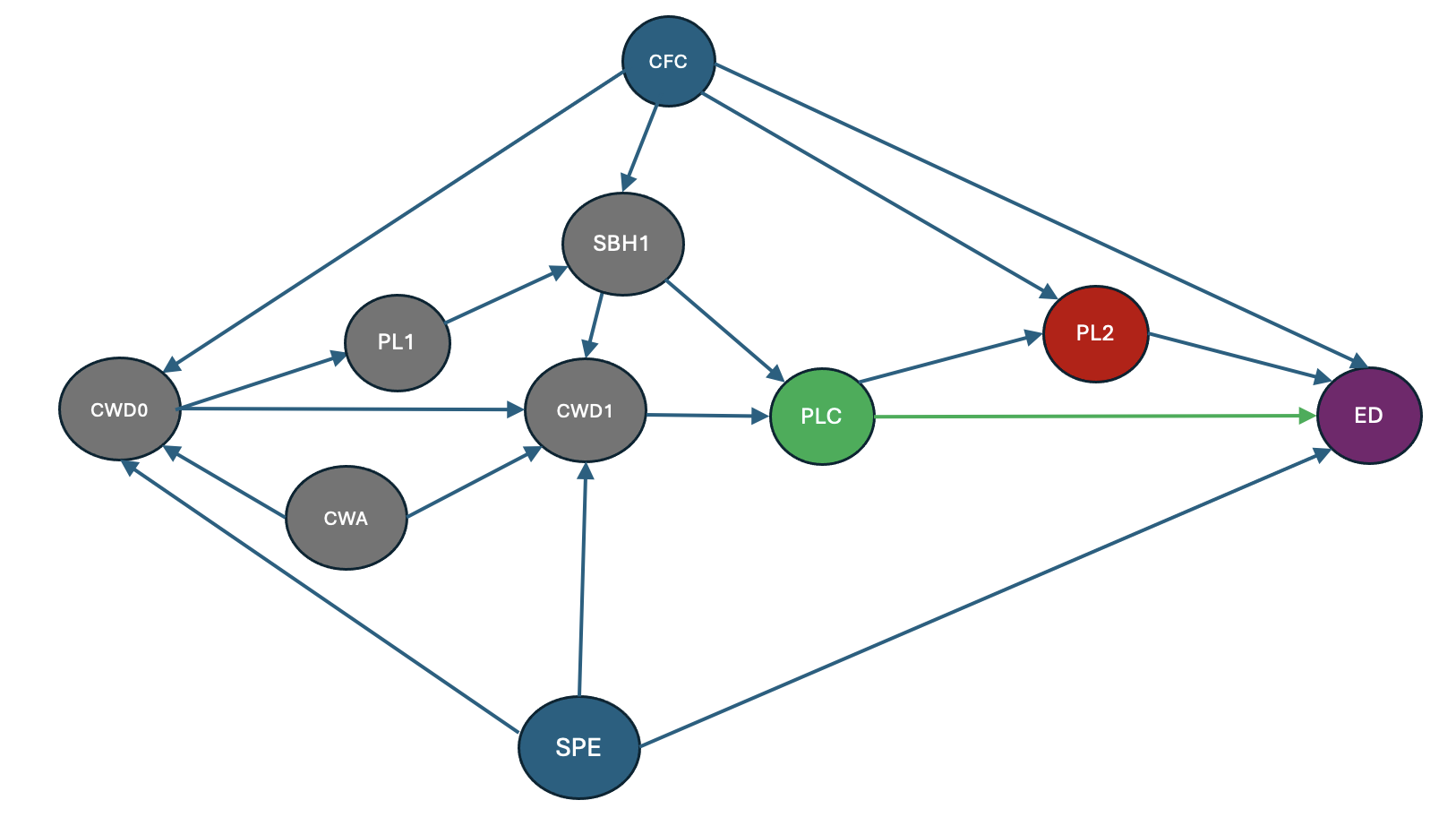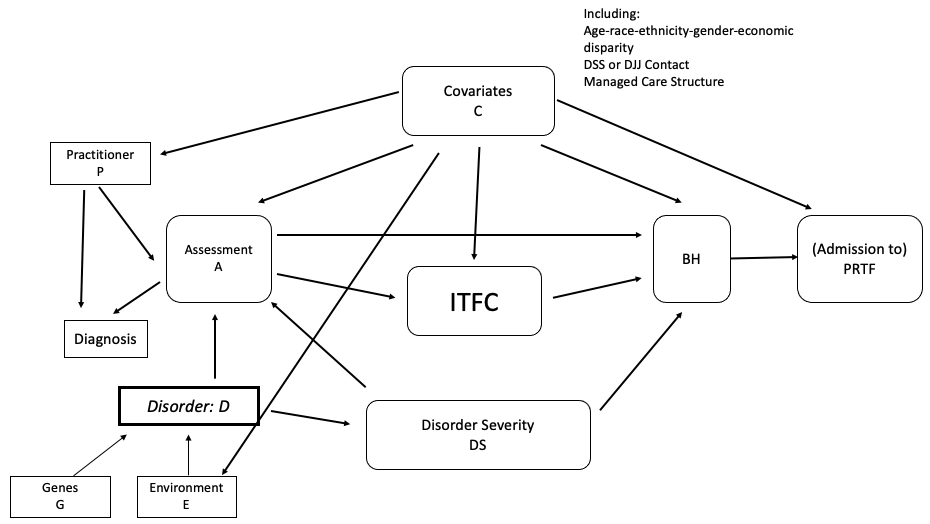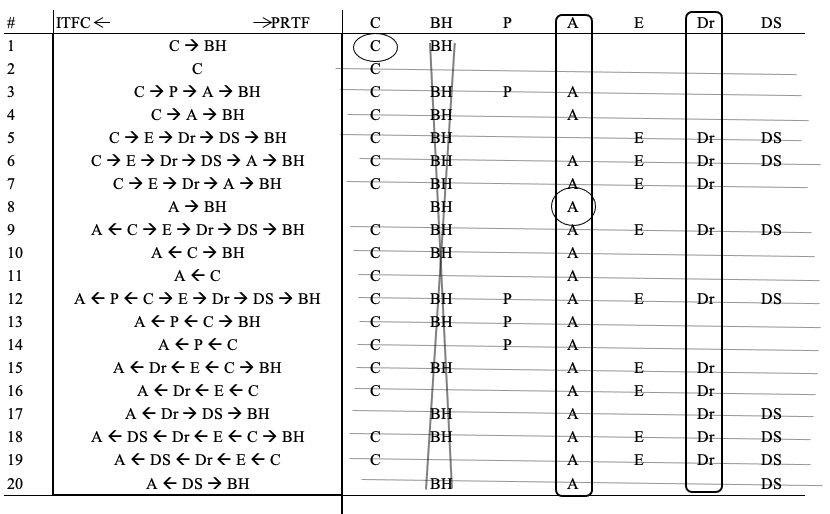Directed Acyclic Graphs (DAGs) or causal graphs are useful for representing assumptions about the causal associations between exposures or treatments and their outcomes, as well as the confounders—observed and unobserved—that make causal inference in observational designs challenging to estimate.
The properties of DAGs and the Clock and Grid method are described in Rose, Cosgrove & Lee (2024) published in the Journal of the Society for Social Work & Research. On this resource page, we provide further details and tutorials about the Clock and Grid method.



